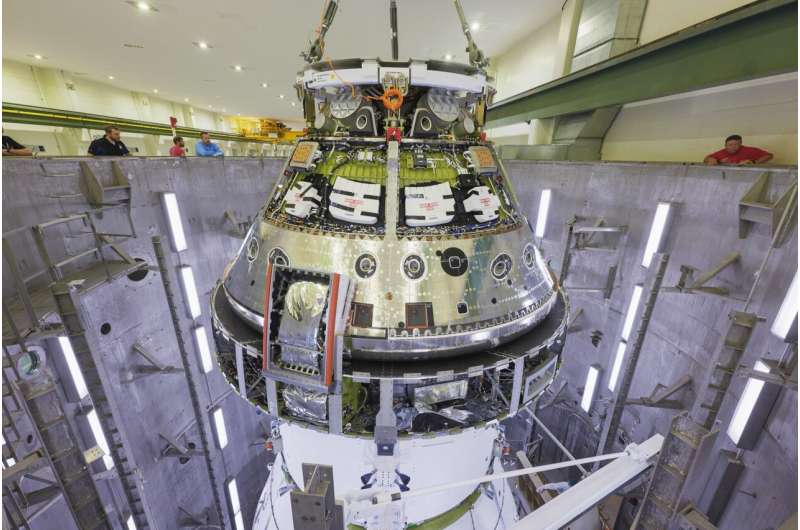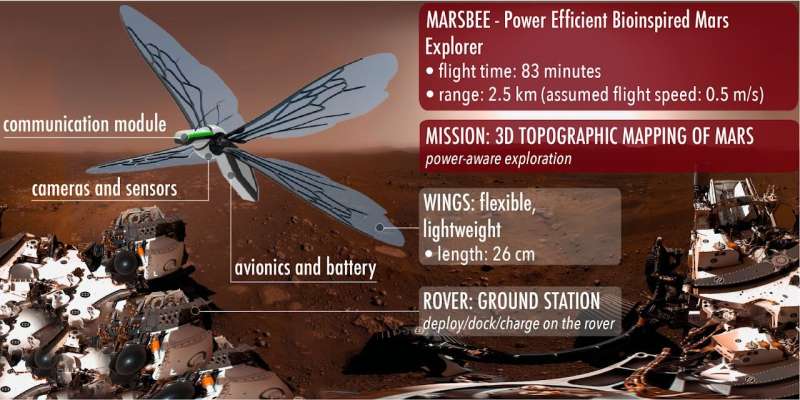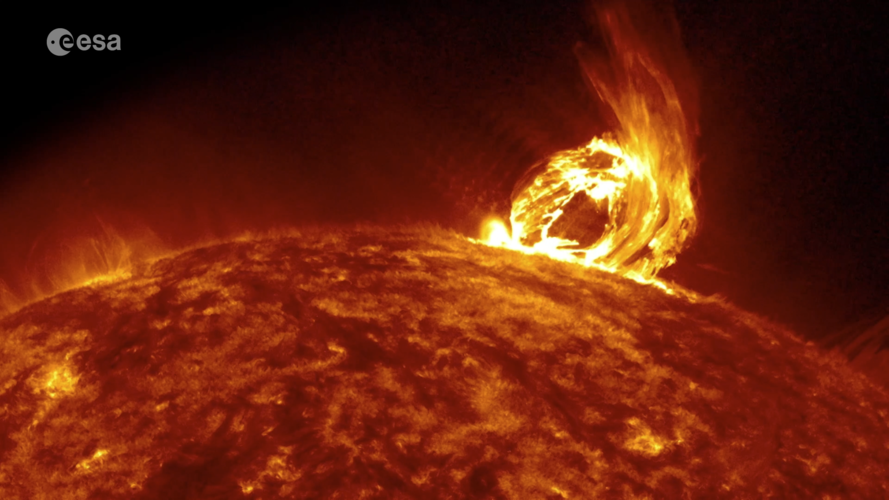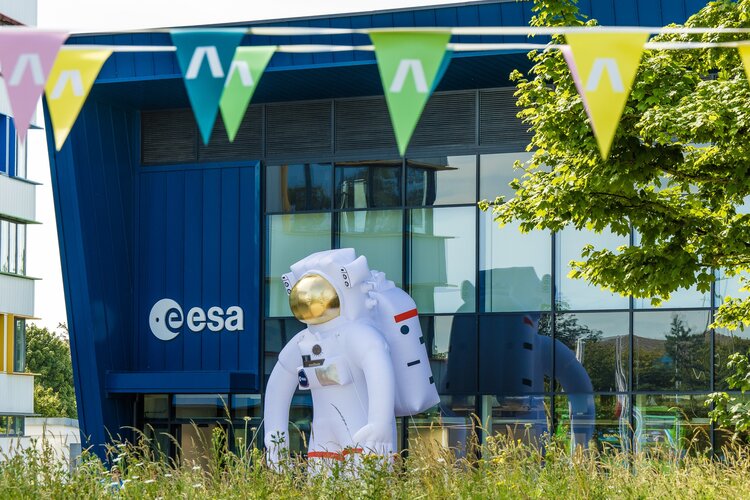Image: Orion spacecraft prepares for upcoming launch
Wednesday, 03 July 2024 17:30
Technicians lift NASA's Orion spacecraft out of the Final Assembly and System Testing cell on June 28, 2024. The integrated spacecraft, which will be used for the Artemis II mission to orbit the moon, has been undergoing final rounds of testing and assembly, including end-to-end performance verification of its subsystems and checking for leaks in its propulsion systems.
A 30-ton crane returned Orion into the recently renovated altitude chamber where it underwent electromagnetic testing.
The spacecraft will now undergo a series of tests that will subject it to a near-vacuum environment by removing air, thus creating a space where the pressure is extremely low.
This results in no atmosphere, similar to the one the spacecraft will experience during future lunar missions.
The data recorded during these tests will be used to qualify the spacecraft to safely fly the Artemis II astronauts through the harsh environment of space.
Provided by NASA
Could we replace Ingenuity with a swarm of robotic bees?
Wednesday, 03 July 2024 16:43
Humans finally achieved controlled flight on another planet for the first time just a few years ago. Ingenuity, the helicopter NASA sent to Mars, performed that difficult task admirably. It is now taking a well-deserved rest until some intrepid human explorer someday comes by to pick it up and hopefully put it in a museum somewhere.
But what if, instead of a quadcopter, NASA used a series of flexible-wing robots akin to bees to explore the Martian terrain? That was the idea behind the Marsbee proposal by Chang-Kwon Kang and his colleagues at the University of Alabama at Huntsville. The project was supported by a NASA Institute for Advanced Concepts (NIAC) grant back in 2018—let's see what they did with it.
The concept was initially inspired by work at the University of Tokyo on a dragonfly-like micro aerial vehicle (MAV). It is one of the few drones able to fly in Earth's gravity using flexible wings that flap.
Video: Proba-3's new view on space weather
Wednesday, 03 July 2024 13:09
Video: Proba-3's new view on space weather
The double-satellite mission will reveal the Sun's stormy corona
Chinese satellite manufacturer MinoSpace raises $137 million
Wednesday, 03 July 2024 12:45

Increasingly feasible, on-orbit servicing has a challenging road to market
Wednesday, 03 July 2024 12:00

Proba-3’s new view on space weather
Wednesday, 03 July 2024 09:30 Video:
00:02:05
Video:
00:02:05
Space weather can affect satellites in orbit, trigger geomagnetic storms on Earth and interfere with ground infrastructure. We need to understand it better, and the best way to do that is look at where it comes from.
The Sun’s corona, its upper atmospheric layer, gives rise to the solar wind and is where coronal mass ejections are spawned: massive outward explosions of charged plasma. ESA’s Proba-3 double-satellite mission will use formation flying to open up sustained coronal views. Mimicking a total solar eclipse, one satellite will block out the fiery face of the Sun by casting a shadow onto the other.
SpaceX retools problem booster for overnight launch from Space Coast
Wednesday, 03 July 2024 09:24
SpaceX is rolling a booster that was part of a scrubbed launch attempt last month back to the launch pad for an early morning mission on the Space Coast.
A Falcon 9 rocket on the Starliner 8-9 mission carrying 20 Starlink satellites including 13 with direct-to-cell capabilities aims for liftoff from Cape Canaveral Space Force Station's Space Launch Complex 40 at 2:57 a.m. Eastern time Wednesday during a window that lasts until 5:59 a.m.
Space Launch Delta 45's weather squadron forecasts an 80% chance for good conditions. Additional opportunities fall to Sunday, July 7, during a window that opens at 12:28 a.m.
This is the 16th flight of the first-stage booster, which was previously on the pad for the Starlink 10-3 mission, but was changed out after an issue when it hit T-0 during a launch attempt on June 14.
The flight eventually took off with a new booster while SpaceX reconfigured this for Wednesday morning's attempt. SpaceX never revealed the reason behind the scrub or the booster switch.
It will attempt a landing downrange on the droneship A Shortfall of Gravitas stationed in the Atlantic.
Stellar success for ESA's first open day in the UK
Wednesday, 03 July 2024 08:53
Thousands of visitors flocked to ESA’s establishment in the UK last Saturday to experience first-hand how the agency is pushing the boundaries of exploration and using space to improve life on Earth.
A snaking scar on Mars
Wednesday, 03 July 2024 08:00
A fascinating feature takes centre stage in this new image from ESA’s Mars Express: a dark, uneven scar slicing through marbled ground at the foot of a giant volcano.
SpaceX wins NASA contract to launch gamma-ray astronomy mission
Wednesday, 03 July 2024 04:44

NASA assessment suggests potential additional delays for Artemis 3 lunar lander
Wednesday, 03 July 2024 04:39

Europe's Ariane 6 rocket finally ready for liftoff
Tuesday, 02 July 2024 22:02 Europe's new Ariane 6 rocket is set for its first-ever launch next week, carrying with it the continent's hopes of regaining independent access to space and fending off soaring competition from Elon Musk's SpaceX.
After four years of delays, the European Space Agency's (ESA) most powerful rocket yet is finally due to blast off from Europe's spaceport in Kourou, French Guiana, at 3:00 pm (180
Europe's new Ariane 6 rocket is set for its first-ever launch next week, carrying with it the continent's hopes of regaining independent access to space and fending off soaring competition from Elon Musk's SpaceX.
After four years of delays, the European Space Agency's (ESA) most powerful rocket yet is finally due to blast off from Europe's spaceport in Kourou, French Guiana, at 3:00 pm (180 



